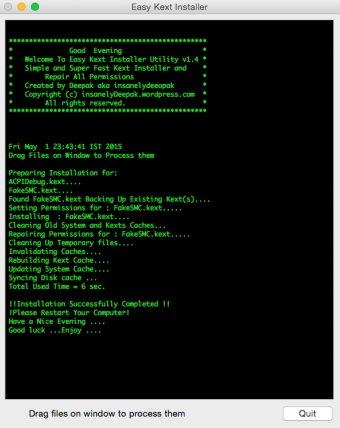
This wide range of droplet sizes results in various flow-following capabilities and falling speeds in the respiratory flows. The typical sizes of human expiratory droplets are in the range of 10 −1 μm–10 3 μm (e.g., Duguid, 1945 Yang et al., 2007 Chao et al., 2009 Xie et al., 2009 Han et al., 2013 and Asadi et al., 2019). Human respiratory activities produce droplets with a wide range of sizes, depending on the type of activities and physical and health conditions of individuals. Understanding the fundamental fluid dynamics of expiratory virus-laden droplets is critical to the prediction of the transport and fate of droplets and associated potential threats of infectious disease transmission and will provide quantitative guidance for making a public health policy for disease mitigation, e.g., decisions on social distancing and face covering in various indoor and outdoor environments ( Dbouk and Drikakis, 2020b Verma et al., 2020). The dynamics of virus transmission is not well understood, with one challenge being the complicated fluid and flow characteristics involved in the fate and transport of virus, including source dynamics (e.g., exhale velocity and temperature, droplet sizes, virus load, and droplet–virus correlations), ambient conditions (e.g., mean and turbulent flows, temperature, and humidity), and virus dynamics (e.g., virus viability and infectious rate) (e.g., Lindsley et al., 2015 Feng et al., 2020 Dbouk and Drikakis, 2020a and Mittal et al., 2020). The ongoing Coronavirus Disease 2019 (COVID-19) pandemic caused by a novel coronavirus known as SARS-CoV-2 iterates an important question about how viruses are transmitted through natural respiratory activities such as breath, talk, speech, cough, and sneeze (e.g., Mittal et al., 2020 Bourouiba, 2020 and Asadi et al., 2020). The model we developed from this study could be applied to study the mechanisms for airborne pathogens, e.g., influenza virus and new coronavirus. Using a realistic droplet size distribution and cough duration, we quantify the transport and fate of droplets in the near field of source and the potential influences by ambient conditions.

Applying the model to a set of idealized conditions such as free-fall and continuous jets, we demonstrate significantly different impacts of environmental parameters on droplets with different sizes. We show that these droplets are sensitive to environmental conditions, including temperature, humidity, and ambient flows. The validation of the model shows the improvement in the prediction of dispersion of median-sized droplets.
EXPEDAT DROPLET SERIES
The model solves a series of governing equations of droplets and uses a continuous random walk model to simulate turbulent fluctuations in violent expiratory events. In this paper, we present a modeling approach to understand the fundamental dynamics of exhaled droplets in human respiratory activities.

The transport and fate of human expiratory droplets play a key role in the transmission of respiratory infectious diseases.


 0 kommentar(er)
0 kommentar(er)
